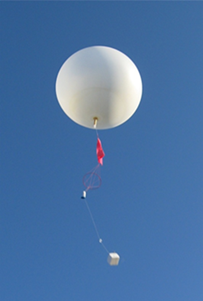The Project
Program to capture and study intraseasonal phenomena by observing across the equator with measurement stations at eastern atolls of Seychelles and Sri Lanka and Singapore, spanning time scales from minutes to months. The aim is to (i) capture eastward and northeastward propagating disturbances over one year using profiles of moisture and velocity, (ii) observe entrainment of upper air into the marine boundary layer using LiDAR and ground (tower) based measurements, and (iii) delineate the role of small-scale atmospheric processes in determining air-sea property exchanges.
FECT is contributing to the Remote Sensing of Atmospheric Waves and Instabilities project over the Equatorial Indian Ocean being undertaken by the University of Notre Dame in partnership with Massachusetts Institute of Technology, and National University of Singapore. The project runs from 2014 to 2017. FECT shall contribute through analysis of data on atmospheric waves particularly around Sri Lanka including the MJO phenomenon. It shall also support post-graduate education.
The work at FECT is being led by Lareef Zubair and there have been contributions by Prabodha Agalawatte, Zeenas Yahiya and Janan Visvanathan.
Progress
We have collated existing atmospheric data and cross-compared those – through this we were able to understand the impact of El Nino on the Upper Air Wind Climatology over Sri Lanka.

Radiosonde Balloon Soundings of the Colombo Atmosphere as carried out by the Sri Lanka Department of Meteorology in December 2014. Photo – E. Ekanayake.
Figures: The average meridional (top) and zonal (bottom) wind climatology over Sri Lanka in m/s from 1961 to 1986.

